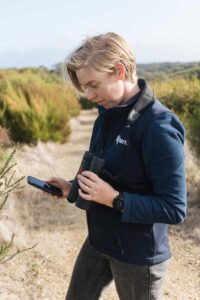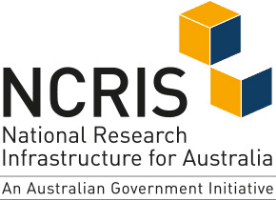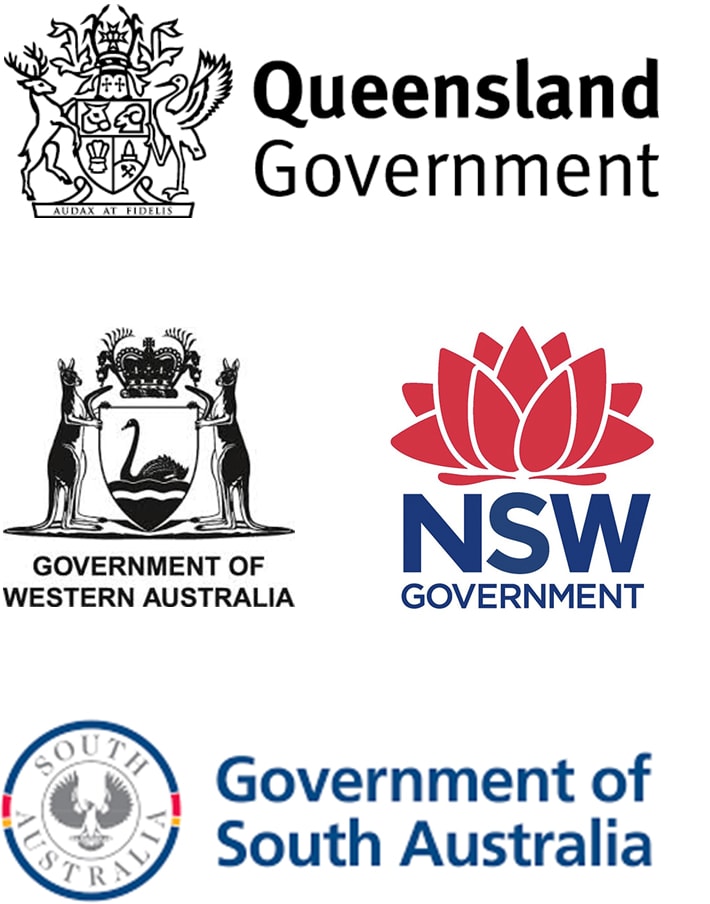Ecological Monitoring System Australia (EMSA)
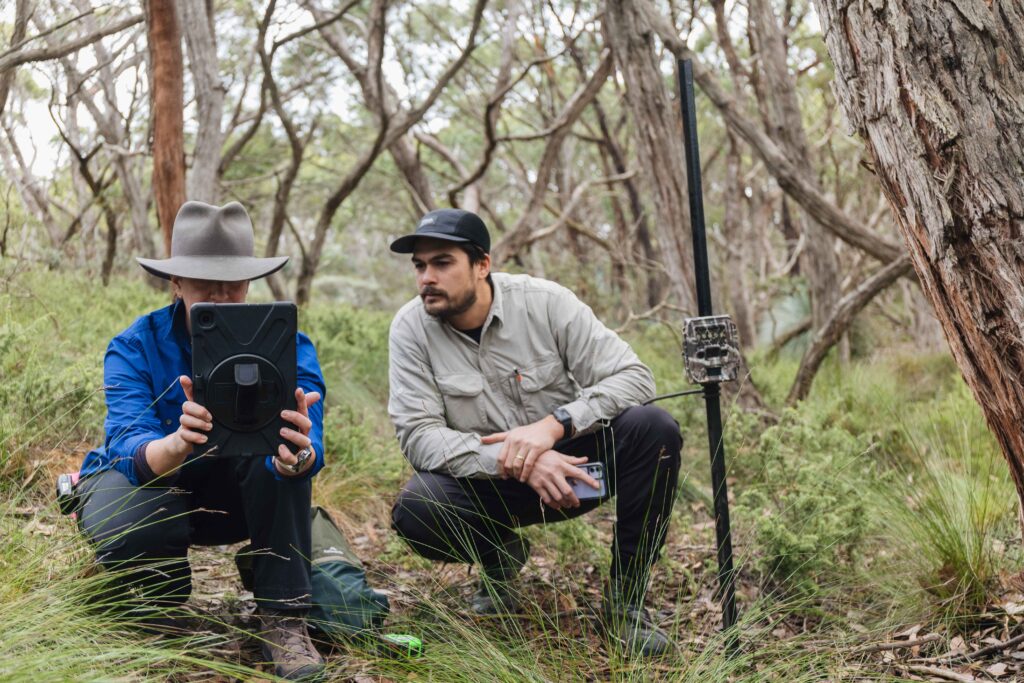
The Ecological Monitoring System Australia (EMSA) has been developed by TERN in collaboration with the Australian Government Department of Climate Change, Energy, the Environment and Water (DCCEEW) to support the Australian Government Natural Resource Management (NRM) investment programs.
EMSA ecological field survey modules and data systems are the result of a partnership between TERN and DCCEEW forged over multiple years.
EMSA aims to:
- Enable natural resource managers and ecologists to collect, manage and deliver quality, repeatable data for decision-making.
- Establish best practice monitoring protocols targeted to specific project needs.
- Improve the understanding and measurement of the effectiveness of NRM actions.
- Strengthen the evidence used to assess project outcomes.
- Facilitate better access to and re-use of ecological survey data for adaptive management, research and policy.
Current and developing components of EMSA:
- 24 ecological field survey modules, with the intention of identifying gaps and potentially developing additional modules in the future
- Field data collection app, called Monitor, a progressive web app that enables data collection in the field using mobile devices
- Training materials and in-person training programs
- Helpdesk for technical and ecological support
- Uses standardised vocabularies, including the new Australian Biodiversity Information Standards (ABIS)
- Designed for data delivery to the DCCEEW Biodiversity Data Repository.
Strengthening NRM monitoring
The EMSA protocols presented in the modules here provide clear and proven methods (built upon previous method/s where appropriate) to accurately measure environmental change for many variables of interest in Australian terrestrial environments. EMSA is designed to address limitations in previous NRM programs that made quantification of environmental change difficult. In the past, environmental occurrences were measured or estimated using disparate and often incompatible methods, particularly over a range of geographic scales, and inefficiencies in data provision and analysis were common. The modules are supported by a toolset to collect and deliver data to the Australian Government’s Biodiversity Data Repository, and the data collected will inform various management, policy and research outcomes.
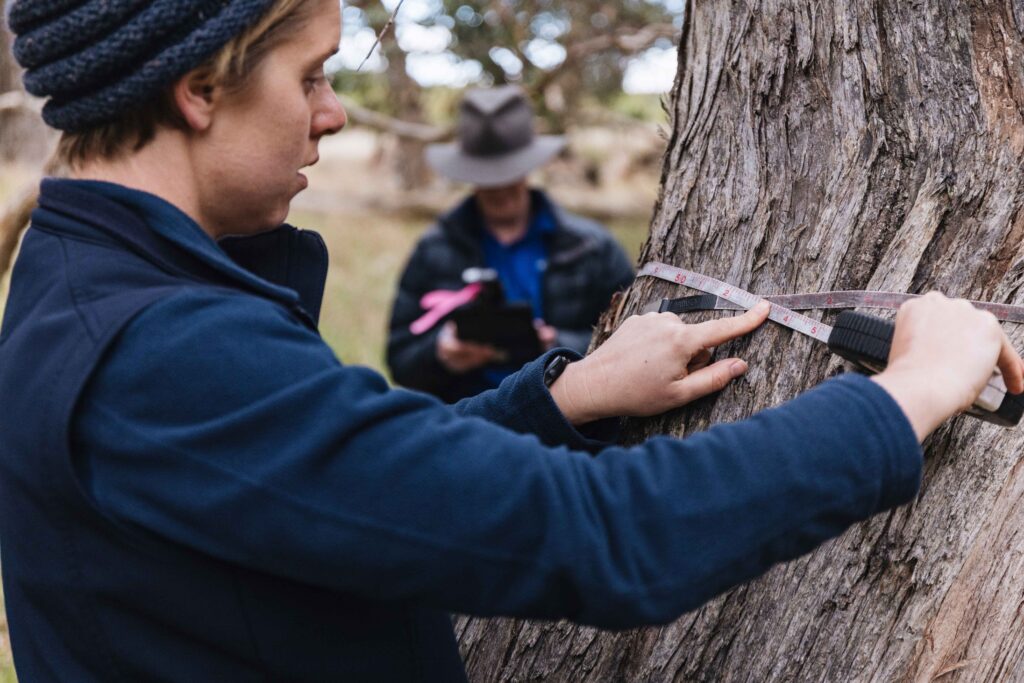
Ecological Field Monitoring Protocols Manual
The Ecological Field Monitoring Protocols Manual contains 24 EMSA modules. Some modules interact and build on each other, while others are stand alone. Project managers can use the supporting materials (coming soon) to identify the monitoring needs of their project, and determine which combination of modules suits their requirements. In addition, each module contains multiple protocols the user can choose from to suit specific project needs and timelines.
The protocols build on previous work by numerous ecologists throughout the country and have been refined with the help of Australia’s NRM community. Many of the methods presented here will be familiar to ecologists. The protocols provide users with a clear set of instructions to measure and monitor most Australian ecosystems quantitatively and repeatably. This will enable the reliable quantification of environmental change.
Field data collection app
The primary user base for ‘Monitor’ is NRM Regional Delivery Partners. Over time, we hope to expand that user base. However, at the moment our priority is enabling access for NRM agencies.
Download the EMSA Modules
The EMSA module documents are freely available for widespread use by acknowledging their source (see citation and copyright information on the inside cover). The protocols will be refined over time. Please ensure you check back here regularly for updated versions. As new versions of the module PDFs become available, they will be replaced in the list below. Minor changes will be listed here.
Version 1 was released on 21 July 2023
- Basal Area Module, version 1, 21 July 2023 download PDF
- Camera Trapping Module, version 1, 21 July 2023 download PDF
- Coarse Woody Debris Module, version 1, 21 July 2023 download PDF
- Condition Module, version 1, 21 July 2023 download PDF
- Cover Module, version 1, 21 July 2023 download PDF
- Fauna Aerial Surveys Module, version 1, 21 July 2023 download PDF
- Fauna Ground Counts Module, version 1, 21 July 2023 download PDF
- Fire Severity Module, version 1, 21 July 2023 download PDF
- Floristics Module, version 1, 21 July 2023 download PDF
- Herbivory and Physical Damage Module, version 1, 21 July 2023 download PDF
- Interventions Module, version 1, 21 July 2023 – under review
- Invertebrate Fauna Module, version 1, 21 July 2023 download PDF
- Opportune Module, version 1, 21 July 2023 download PDF
- Pest Fauna Control Activities Module, version 1, 21 July 2023 – under review
- Photopoints Module, version 1, 21 July 2023 download PDF
- Plant Tissue Vouchering Module, version 1, 21 July 2023 download PDF
- Plot Description Module, version 1, 21 July 2023 download PDF
- Plot Selection and Layout Module, version 1, 21 July 2023 download PDF
- Recruitment Module, version 1, 21 July 2023 download PDF
- Sign-based Fauna Surveys Module, version 1, 21 July 2023 download PDF
- Soils Module, version 1, 21 July 2023 download PDF
- Targeted Surveys Module, version 2 – updated draft 29 January 2024 download PDF
- Vegetation Mapping Module, version 1, 21 July 2023 download PDF
- Vertebrate Fauna Module, version 1, 21 July 2023 download PDF
- EMSA decision support guidance material v1.1, September 2023 download PDF
- EMSA module description table, v 1, download XLS download XLS
- Template for EMSA module selection and example TEC case study, v 1 download PPT
- EMSA Module Selector open in Shinyapps.io
- How to use the Monitor app – coming soon
- How to upload digital media via the app and desktop portal – coming soon
- Specimens and samples – coming soon
- Generating voucher barcode labels for EMSA specimens and samples – coming soon
- Data curation after the field work is completed – coming soon
- Self-help materials
- Help desk and ticketing systems for both technical (app) and ecology support
- NRM Community forum
- Instructional videos
Contact the EMSA team at TERN
